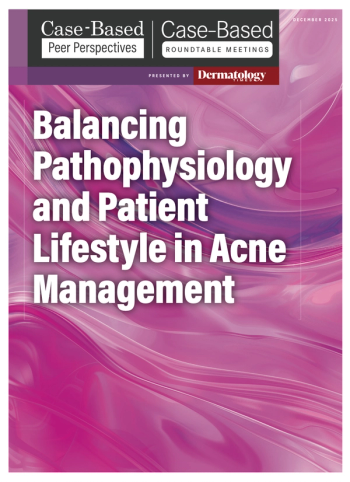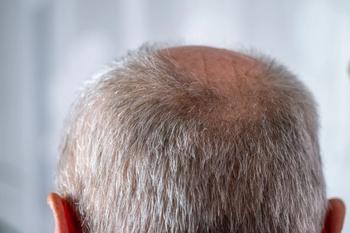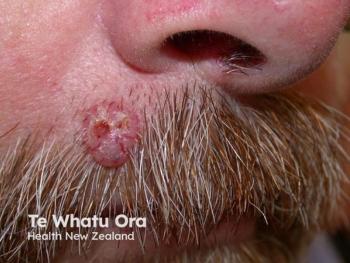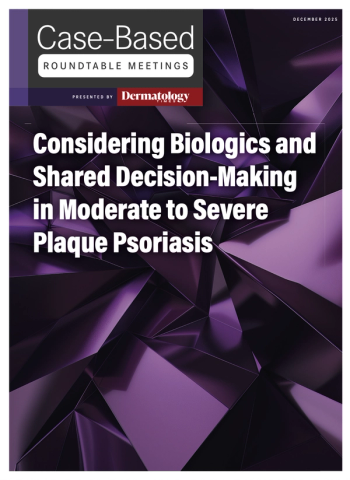
Epidemiological Study on Palmoplantar Pustulosis in Korea Highlights Disease Burden and Treatment Gaps
Key Takeaways
- The study identified younger age and nail involvement as strong predictors of higher PPP severity.
- Severe PPP significantly impairs quality of life, with higher DLQI and lower EQ-5D scores.
The study revealed high disease burden, poor quality of life, and need for more effective, targeted treatments.
A
The study, published in The Journal of Dermatology, highlights the need for more targeted and effective treatments, as well as the development of treatment guidelines to better manage PPP and improve patient outcomes.
Background and Methods
PPP can significantly impact a patient's quality of life, with symptoms like pruritus, pain, and difficulty performing daily activities.2
Despite existing knowledge, comprehensive epidemiological data on PPP remain scarce, particularly in Korea, according to study authors Jo et al. They noted that previous studies have been limited by small sample sizes or reliance on health insurance databases, which may misclassify the disease due to incorrect coding.3
The present study aimed to fill this gap by providing a thorough analysis of PPP’s disease characteristics, demographics, and treatment burden in a broader cohort in Korea.
The multicenter, cross-sectional observational study was conducted across 20 hospitals in Korea, enrolling adult patients (≥19 years) with a confirmed diagnosis of PPP. Data collection took place from February to August 2021 and included demographic details, disease characteristics. The study also gathered information on treatment modalities, including topicals, systemic therapies, and biologics, alongside patient satisfaction with their treatment.
Findings
The study provided detailed insights into the demographics and clinical characteristics of 379 patients with PPP, offering a comprehensive look into disease presentation and its severity.
The mean age of patients at enrollment was 51.4 ± 13.0 years, with a notable female predominance (39.3% male). Approximately 58.8% of the cohort were current or ex-smokers, and 61.5% had a history of alcohol consumption. Despite these lifestyle factors, no significant associations were found between smoking status, alcohol use, or BMI with PPP severity.
The mean Palmoplantar Pustulosis Area and Severity Index (PPPASI) score was 10.3 ± 9.0, with the majority of patients (66.2%) presenting with mild PPP (PPPASI <12). However, those with more severe cases (PPPASI ≥12) had a significantly lower mean age (48.6 ± 12.6 years vs. 52.8 ± 13.0 years, p = 0.001) and were more likely to have nail involvement, particularly in the nail bed and matrix, as well as a family history of PPP.
Nail involvement was more pronounced in severe cases, with 47.7% of patients in the PPPASI ≥12 group showing nail bed involvement compared to 31.5% in the milder cohort (p = 0.002).
Statistical analysis revealed several key factors that significantly influenced the severity of PPP. A multivariable linear regression model demonstrated that younger age (β = −0.1, p < 0.0001) and nail involvement (β = 3.5, p = 0.0002) were strong predictors of higher PPPASI scores.
In fact, nail involvement emerged as the most consistent factor for worse disease severity. Furthermore, the presence of psoriasiform dermatitis and a family history of PPP were associated with higher PPPASI scores, although these were not statistically significant in the multivariable analysis (p = 0.06 and p = 0.07, respectively).
The study also assessed the impact of PPP on patients' quality of life (QoL) using both the Dermatology Life Quality Index (DLQI) and the EQ-5D health condition score.
The average DLQI score was 12.0 ± 7.6, indicating moderate impairment. For those with more severe disease (PPPASI ≥12), QoL was significantly worse, with a higher mean DLQI score (14.1 ± 7.3 vs. 10.9 ± 7.6, p < 0.0001) and lower EQ-5D scores (57.9 ± 18.1 vs. 64.7 ± 19.2, p = 0.002). This group also reported greater physical discomfort, with higher scores on the itch and pain numerical rating scales, emphasizing the substantial burden of more severe disease on daily functioning.
In total, 52.7% of patients had a DLQI score ≥11, which suggests a high proportion of patients experienced significant interference in their social, work, and emotional activities due to PPP. This impairment was even more pronounced in patients with severe disease.
Conclusions
The study may have been limited by its cross-sectional design and lack of a control group, limited sample size, and reliance on self-reported data, among other factors.
"Despite most patients receiving some form of treatment, the burden of PPP tends to persist for many," wrote Jo et al. "By recognizing the burden of disease and addressing it through better therapeutic interventions and support, health care providers can work towards enhancing the overall well-being of patients with PPP."
Moving forward, researchers called for the development of more effective and targeted treatment options for moderate to severe PPP in order to address the high disease burden and close existing treatment gaps.
References
- Jo SJ, Kim BS, Kim DH, et al. Disease features, treatments, and burden of palmoplantar pustulosis in Korea: The EPPPIK study. J Dermatol. Published online April 1, 2025.
doi:10.1111/1346-8138.17702 - Freitas E, Rodrigues MA, Torres T. Diagnosis, screening and treatment of patients with palmoplantar pustulosis (PPP): A review of current practices and recommendations. Clin Cosmet Investig Dermatol. 2020;13:561-578. Published 2020 Aug 14.
doi:10.2147/CCID.S240607 - Kubota K, Kamijima Y, Sato T, et al. Epidemiology of psoriasis and palmoplantar pustulosis: a nationwide study using the Japanese national claims database. BMJ Open. 2015;5(1):e006450. Published 2015 Jan 14.
doi:10.1136/bmjopen-2014-006450
Newsletter
Like what you’re reading? Subscribe to Dermatology Times for weekly updates on therapies, innovations, and real-world practice tips.


















